Advancements in Ingress Protection Certification Technology:
What You Need to Know
In a world where electronic devices and machinery are increasingly exposed to harsh environments, ensuring their durability and performance becomes paramount. Ingress Protection (IP) certification stands at the forefront of this mission, guaranteeing that equipment remains reliable and functional despite the challenges it faces. But what’s new in the realm of IP certification technology? Let’s dive into the latest advancements that are shaping the future of ingress protection and explore how they impact industries and consumers alike.
The Evolution of Ingress Protection Certification
Ingress Protection, or IP certification, is a standard that measures the ability of equipment to withstand dust, water, and other foreign substances. Traditionally, IP ratings were determined through a series of rigorous tests that simulated real-world conditions. However, with technological advancements and evolving industry needs, the landscape of IP certification has undergone significant changes.
- Enhanced Testing Methods
One of the most notable advancements in IP certification technology is the refinement of testing methodologies. Modern testing equipment is more precise, allowing for more accurate simulations of extreme environmental conditions. For instance, advanced water spray machines now provide a more comprehensive range of water exposure scenarios, from high-pressure jets to prolonged immersion. This ensures that products are tested under more realistic conditions, resulting in more reliable IP ratings. - Integration with Smart Technology
The rise of the Internet of Things (IoT) and smart technology has introduced new challenges for ingress protection. Devices are not only exposed to physical elements but also to complex electromagnetic environments. In response, IP certification technology has adapted to include testing for electromagnetic interference (EMI) and radio frequency interference (RFI). This ensures that smart devices maintain their performance and safety in increasingly connected environments. - Improved Materials and Design Innovations
Advancements in materials science have also played a significant role in enhancing ingress protection. Modern sealants, gaskets, and enclosures are designed to offer superior resistance to dust and water. For example, newer polymer materials provide better sealing against ingress while maintaining flexibility and durability. Additionally, design innovations such as modular enclosures with enhanced sealing techniques contribute to more robust and adaptable IP-rated products. - Real-Time Monitoring and Data Analytics
The integration of real-time monitoring and data analytics is another key development in ingress protection technology. By using sensors and IoT connectivity, manufacturers can monitor the performance of their products in real-time, detecting potential issues before they lead to failures. This proactive approach helps in maintaining the integrity of IP ratings and ensures that products perform reliably throughout their lifecycle.
Practical Tips for Leveraging Advancements in IP Certification
To make the most of these advancements, consider the following practical tips:
- Stay Updated: Keep abreast of the latest developments in IP certification standards and technologies to ensure your products meet current requirements.
- Invest in Advanced Testing: Utilize state-of-the-art testing equipment to accurately simulate real-world conditions and achieve reliable IP ratings.
- Incorporate Smart Features: Design products with smart technology in mind, and ensure they undergo testing for EMI and RFI.
- Use Innovative Materials: Opt for advanced materials and design techniques to enhance ingress protection and extend the lifespan of your products.
- Implement Real-Time Monitoring: Integrate sensors and data analytics to monitor product performance and address potential issues proactively.
As technology continues to advance, so too does the field of ingress protection certification. By embracing the latest testing methods, integrating smart technology, and utilizing innovative materials, manufacturers can ensure that their products are well-equipped to handle the challenges of modern environments. Staying informed and adopting these advancements will not only enhance product reliability but also provide a competitive edge in the market


